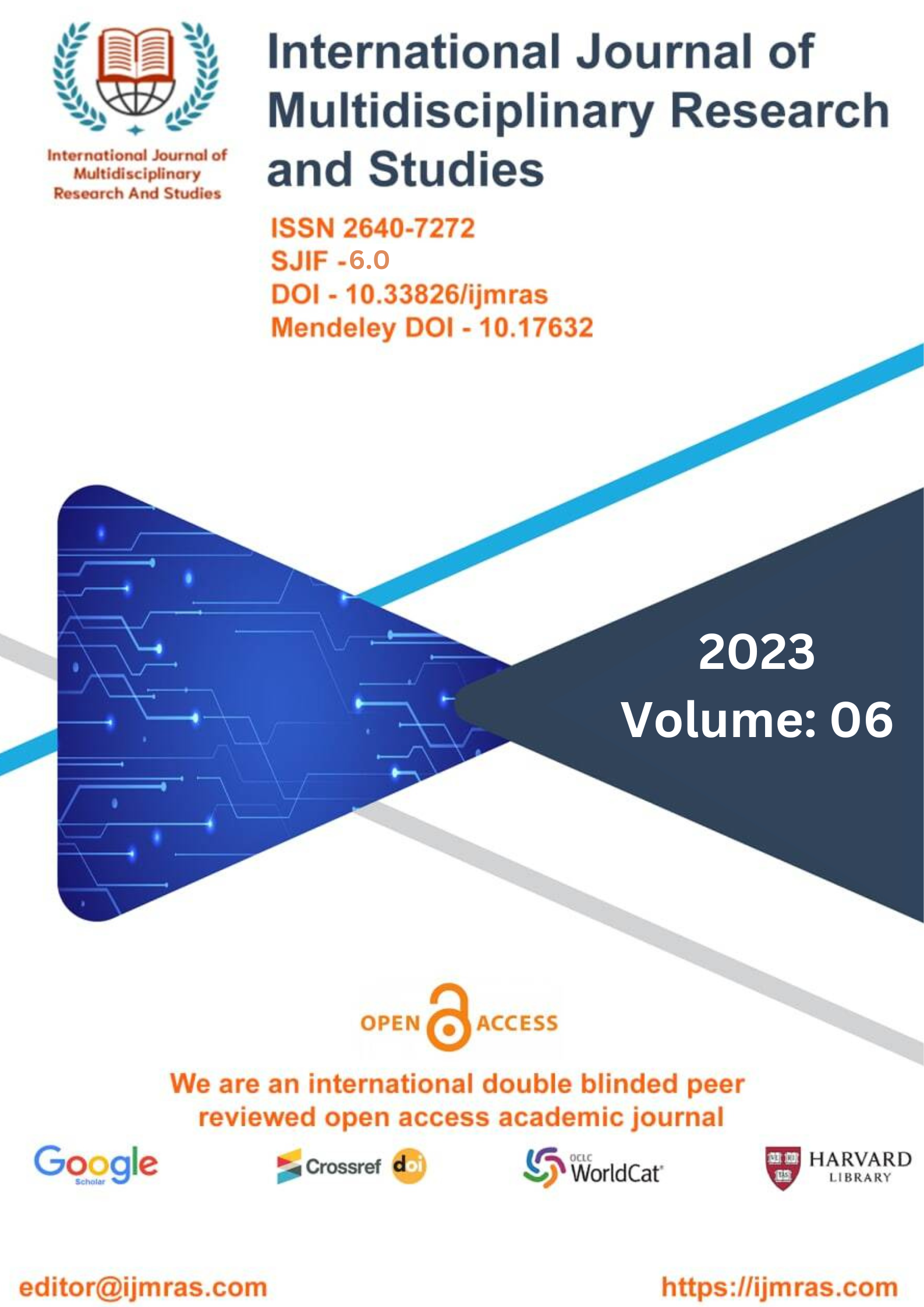


Advertising through search engines (also known as SEA) is a practice that is still in its infancy despite having been around since 1998. It sprang to popularity very fast as a useful resource for online property marketers who were marketing their online properties, and it is now responsible for generating billions of dollars yearly for the main search engines. Since its widespread implementation, SEA has been the focus of a multitude of studies written for academic audiences. On the other hand, there is not yet a readily available summary of this enormous body of knowledge. Because of this shortcoming, they have decided to conduct an exhaustive review of the SEA research that has been published. These publications were on SEA. These days, the World Wide Web is where most people get their news and other important information. When seeking any kind of data, information, or news, one often turns to the World Wide Web by way of a search engine. A search engine returns a list of links that are relevant to the thing the user is looking for, and the user chooses one at a time. Given that some links are relevant to the search item and others are not, a search engine may provide both sets of results. There are two main kinds of search engines used today: general-purpose engines and meta-search engines. The primary objective of this study is to determine which search engine provides the most relevant search results and how many such links there are. The term "search engine optimization," abbreviated as "SEO," refers to the practice of increasing the visibility of a website or web page in organic search results. This strategy functioned very well when it came to monitoring the talents of SEO pros, and it provides trustworthy data for sustaining search engine optimization and designing SEM goals.

This work is licensed under a Creative Commons Attribution 4.0 International License.
You may also start an advanced similarity search for this article.